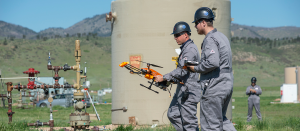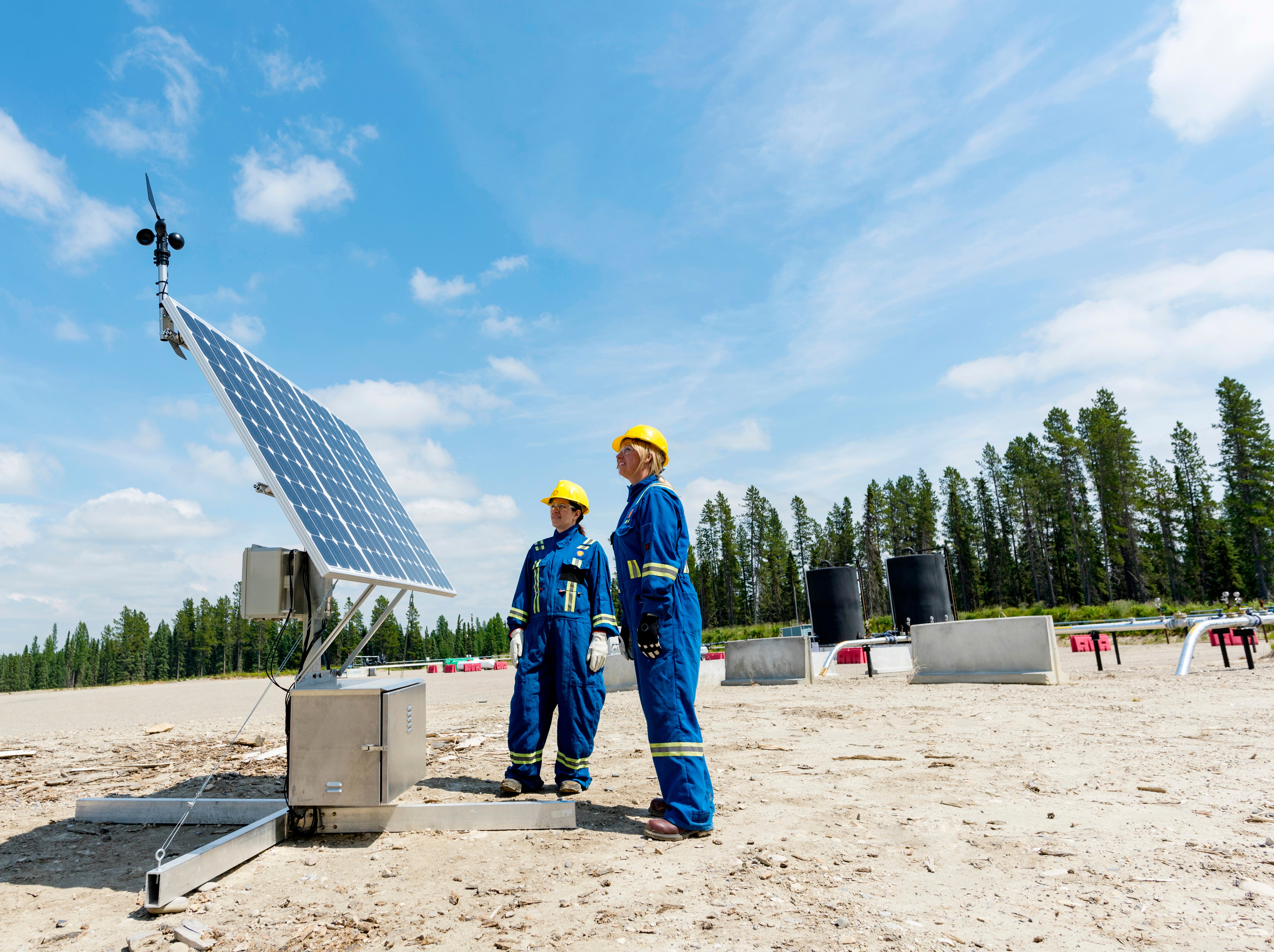 My children’s daycare, which is on a commercial strip between supermarkets and restaurants, often has three refrigerated trucks idling outside the front door. These diesel trucks can emit harmful pollution, even when they aren’t moving. The impact of transportation pollution on vulnerable populations is often striking. In downtown Oakland, where more than 70% of the population are people of color, one in two new cases of childhood asthma are attributed to transportation pollution.
My children’s daycare, which is on a commercial strip between supermarkets and restaurants, often has three refrigerated trucks idling outside the front door. These diesel trucks can emit harmful pollution, even when they aren’t moving. The impact of transportation pollution on vulnerable populations is often striking. In downtown Oakland, where more than 70% of the population are people of color, one in two new cases of childhood asthma are attributed to transportation pollution.
Companies are being questioned about the impacts that truck-attracting facilities like warehouses are having on local communities. The pressure will only increase as e-commerce and distribution facilities expand right by population centers.













 The Environmental Protection Agency (EPA) has committed to regulate existing sources of methane from the oil and gas industry, and it is asking for information from the methane mitigation industry to make sure the rule’s approach and requirements account for recent innovation. The EPA’s announcement comprises the U.S. portion of the North American
The Environmental Protection Agency (EPA) has committed to regulate existing sources of methane from the oil and gas industry, and it is asking for information from the methane mitigation industry to make sure the rule’s approach and requirements account for recent innovation. The EPA’s announcement comprises the U.S. portion of the North American 